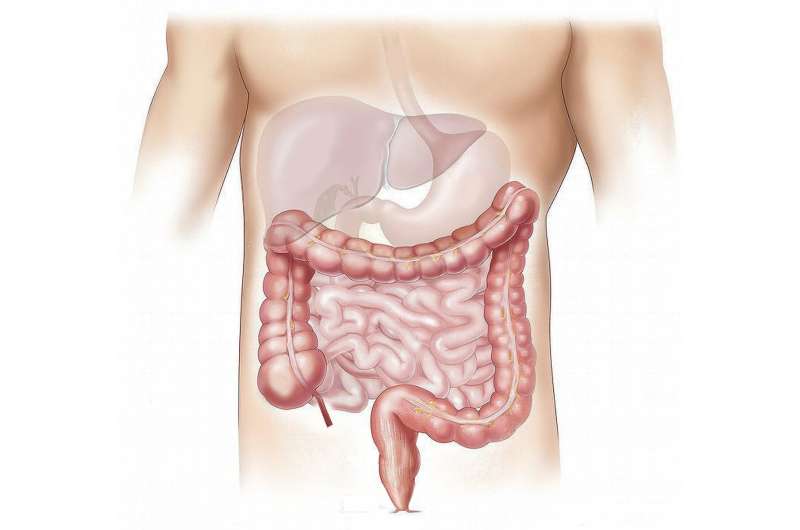Harnessing Deep Learning for Personalized Cancer Treatment

Deep learning algorithms such as Flexynesis are revolutionizing personalized cancer treatment by integrating multi-omics data to improve diagnosis and therapy strategies. Learn how AI is shaping the future of oncology.
Recent advancements in artificial intelligence, particularly deep learning, are transforming the landscape of cancer diagnosis and therapy. With nearly 50 new cancer treatments approved annually, healthcare providers face the challenge of selecting the most effective strategies tailored to each patient’s unique tumor characteristics. Dr. Altuna Akalin from the Max Delbrück Center for Molecular Medicine emphasizes the difficulty physicians encounter in navigating the expanding array of treatment options.
To address this, researchers have developed innovative tools that leverage AI to improve diagnostic precision and therapeutic decision-making. A notable example is Flexynesis, a comprehensive toolkit that combines classical machine learning with deep learning algorithms to analyze diverse types of data simultaneously, including multi-omics information, medical texts, and imaging data such as CT or MRI scans. This integrated approach enables clinicians to make more accurate diagnoses, refine prognoses, and devise personalized treatment plans. Details of Flexynesis are published in Nature Communications.
Flexynesis can identify relevant biomarkers, classify cancer types, predict drug efficacy, and determine treatment outcomes—all within a single framework. Unlike earlier models that were often inflexible or limited to specific tasks, Flexynesis offers versatility and is accessible through various packaging solutions like PyPI, Docker, and Bioconda, making it easy for clinical researchers and physicians to incorporate into their workflows.
Deep learning, which involves neural networks with hundreds or thousands of layers, is particularly suited for understanding the complex biological interplay underlying cancers. It enables the analysis of genetic, proteomic, and other molecular data to uncover root causes of disease and predict responses to treatments. For example, Flexynesis can help determine the primary tumor in cases of metastasis, guiding more effective therapy.
Despite the potential, widespread clinical implementation faces hurdles, notably the limited routine collection of multi-omics data in hospitals, especially in Germany. However, in countries like the US, such data is increasingly discussed during tumor board meetings, facilitating better-informed decisions. The flexibility and user-friendliness of tools like Flexynesis aim to lower barriers, even for institutions without extensive AI expertise, fostering broader adoption of multimodal data analysis for personalized cancer care.
In addition to Flexynesis, other AI tools like Onconaut complement those efforts by relying on known biomarkers and current guidelines to aid therapy selection. As data collection standards improve, such AI-driven solutions could greatly enhance treatment precision, ultimately leading to better patient outcomes in oncology.
For more detailed insights, refer to the publication in Nature Communications (2025) titled "Flexynesis: A deep learning toolkit for bulk multi-omics data integration for precision oncology and beyond."
Stay Updated with Mia's Feed
Get the latest health & wellness insights delivered straight to your inbox.
Related Articles
Innovative Gut Bacteria Proteins Impact Hormones, Metabolism, and Bone Health
Scientists have discovered gut bacteria proteins that influence hormones, metabolism, and bone health, paving the way for new therapies targeting chronic diseases. Read more about this breakthrough from the University of Copenhagen.
Improving Dental Health in U.S. Adolescents: The Impact of School-Based Fluoride Programs
School-based fluoride varnish programs have proven effective in reducing cavities among U.S. children, offering a vital preventive approach in public health dentistry.
Innovative Brain Tumor Gene Expression Database Accelerates Treatment Discovery
A groundbreaking genomic atlas of nervous system tumors offers new insights into tumor classification and potential targeted therapies, accelerating research and treatment development for brain and nerve cancers.
Revolutionary Breath Sensor Could Simplify Diabetes Diagnosis
A groundbreaking breath sensor developed at Penn State offers a quick, non-invasive method to diagnose diabetes by measuring acetone levels in exhaled breath, promising more accessible screening.



